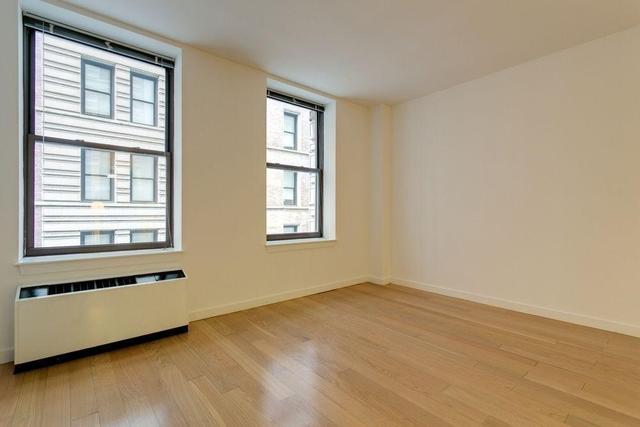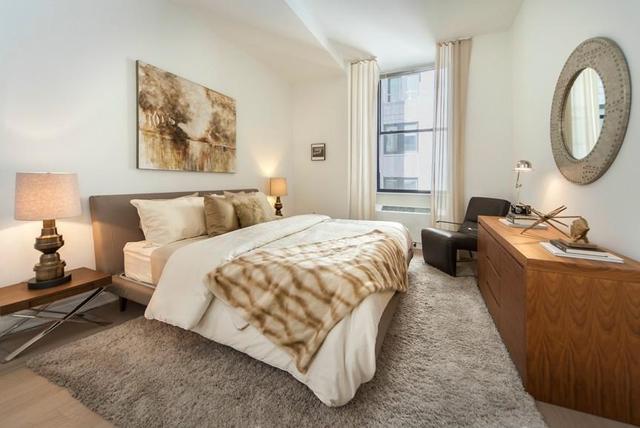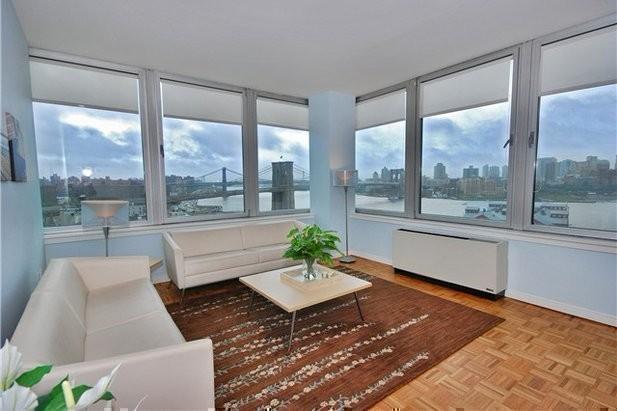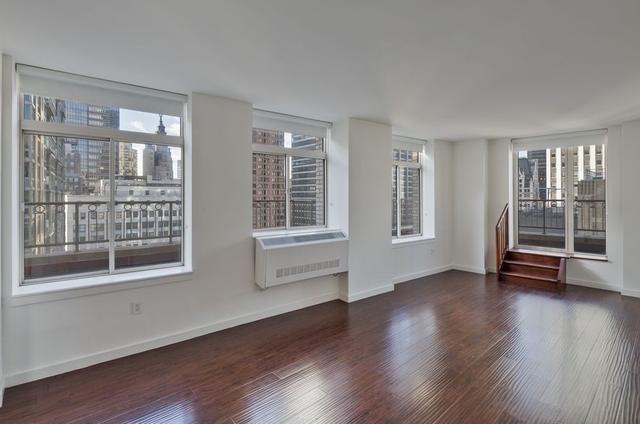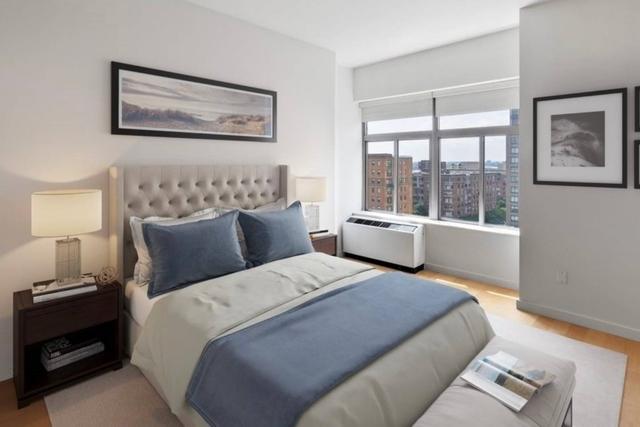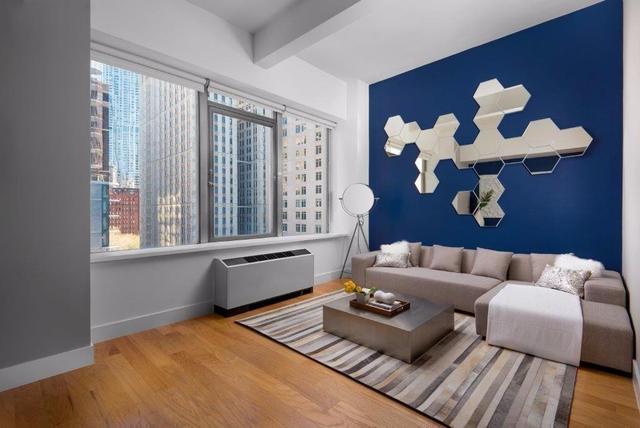
What Is A Maisonette – Everything You Need To Know
By: ROS Team
A maisonette house is a distinctive and elegant housing style that has grown in popularity globally. By merging qualities of apartments and houses, maisonettes provide a singular living environment. In this guide, we will explore the meaning, history, pros and cons of maisonettes as a residential choice.
What Is a Maisonette House?
The term “Maisonette” originally comes from French and means “little house.” It’s one of those words that has become regional in its meanings and so can cover a slightly different meaning depending on where you live.
In the UK, a maisonette apartment is an apartment on two floors in a larger building, with its own internal staircase and entrance. In the US, maisonette apartments are sometimes called duplexes because of the split-level aspect and are usually on the top floor of a high-rise building.

History of Maisonette
Maisonettes originated in Europe, particularly in France and the UK, to address housing shortages in urban areas. They were first introduced in the 1960s and 1970s across the pond as a way to promote a higher density of living in suburban areas before the common adaptation of apartment blocks. Since then, they have adapted and grown across different cultural and architectural landscapes to become a global favorite for housing options.
What Is the Purpose of a Maisonette?
In a typical sense, a maisonette apartment functions as living quarters that combine aspects of both flats and houses. With two floors and its own entrance, the configuration offers more privacy and space than a comparable flat, though it is usually less expensive to rent or buy than a house.
Buyers and renters use this type of dwelling to fulfill a variety of residential needs. First-time buyers may seek a living space that is larger than a flat, while families may desire a more house-like environment within close proximity to central urban locations.
Types of Maisonettes
1. Standard Maisonette
This is the most common type, typically found in converted period houses or above shops in town centers. They typically are two floors, with the living areas on the ground floor and the bedrooms on the upper floor.
2. Duplex Maisonette
This term is often used interchangeably with “maisonette,” but it can also refer specifically to a two-story maisonette with a modern design. Duplex maisonettes are often found in purpose-built blocks.
Read Also: Duplex House – Every Thing You Must Know
3. Split-Level Maisonette
This type of maisonette has the living space spread over more than two floors, but not necessarily in a straight up-and-down configuration. Split-level maisonettes can be quite unique and offer interesting design possibilities.
Read Also: Split Level House
4. Garden Maisonette
This type of maisonette has access to a private garden, which is a rare and sought-after feature. Garden maisonettes can be found in purpose-built blocks or in conversions of older buildings.
5. Basement Maisonette
These maisonettes are located on the basement level of a building and may have less natural light than other types of maisonettes. However, they can be a good option for those who are looking for a more affordable option or who prefer a cooler living environment.
Pros and Cons of Buying a Maisonette
Pros:
- Convenient ground-floor location eliminates the need for climbing stairs or waiting for elevators.
- Increased privacy and a sense of ownership with a separate front door.
- Potential for private outdoor space or garden.
- Fewer shared maintenance responsibilities with neighbors.
- Generally more affordable than standalone houses, offering a step up from flats.
Cons:
- Susceptibility to noise and odors from nearby businesses, especially if dealing with food.
- Ground-floor location may result in increased noise levels.
Are Maisonettes Leasehold or Freehold?
Maisonette houses are predominantly leasehold, meaning ownership is for a set period without owning the land it sits on, necessitating payment of ground rent to the freeholder. However, some may share a freehold, granting more control and shared costs with other owners, or even freehold, providing outright ownership of both property and land.

Maisonette vs House: What’s the Difference?
| Feature | Maisonette | House |
| Ownership | Typically leasehold | Freehold or leasehold |
| Privacy | Generally more private | Varies depending on design and location |
| Outdoor Space | May have private garden or terrace | Often includes larger outdoor areas such as gardens or yards |
| Size | Usually smaller in size | Typically larger |
| Shared Walls | Shares walls with adjacent properties | Generally free-standing with no shared walls |
| Maintenance Responsibilities | May share exterior maintenance with neighbors | Responsible for all maintenance, both interior and exterior |
Maisonette vs Terraced House: What’s the Difference?
| Feature | Maisonette | Terraced House |
| Size | Typically smaller | Larger |
| Sharing | May share building with neighbors | Usually not shared |
| Garden | May have shared garden with neighbors | Typically has a private garden |
| Price | Lower price | Higher price |
| Ideal For | Small families | Families or individuals seeking space |
Maisonette vs Flat: What’s the Difference?
| Feature | Maisonette | Flat |
| Home Structure | Two-level with separate entrance | Typically one-level |
| Entrance | Separate entrance leading outside | Shared entrance with other residents |
| Privacy | Enhanced privacy | Limited privacy due to shared areas |
| Outdoor Space | May include private garden | Shared outdoor areas, if available |
Who Is Responsible for the Maintenance of Maisonettes?
If the maisonette is owned as a freehold, the owner is responsible for the upkeep of the whole property. Including the roof, exterior cladding, windows, and may have a shared right of way or parking to keep up.
If it is owned as a leasehold, generally the freeholder (or its management company) will handle external maintenance and charge a service fee for doing so. The leaseholder is then generally responsible for looking after its own ‘demise,’ which means the inside of its maisonette.
Can I Extend a Maisonette?
Extending a maisonette is possible, but it requires more planning and permission compared to a regular house. Since they often share walls and potentially common areas, you’ll need to obtain planning permission from the local authority and likely get consent from the freeholder or other residents in the maisonette building.
Consulting an architect familiar with maisonette extensions is recommended to navigate the process and maximize your chances of a successful extension.
Can You Get a Mortgage for a Maisonette?
Yes, you can get a mortgage for a maisonette, though it might be easier with a larger deposit and for freehold properties. While some lenders may not offer them, many do and they are considered standard mortgages.
However, the terms may differ from a regular house mortgage, so it’s important to compare options carefully.
Is Living in a Maisonette Right for You?
Living in a maisonette house can be a great choice for many people, but it depends on your priorities and lifestyle. Maisonettes offer more privacy than a typical flat, sometimes come with outdoor space, and are often more affordable than detached houses. They’re particularly suitable for first-time buyers, smaller families, or those who want more space without the upkeep of a full home.
However, maisonettes can have restrictions when it comes to extensions or renovations, and you’ll likely have neighbors above or below you. Ultimately, the best way to decide if a maisonette is right for you is to weigh these factors against your individual needs and preferences.
Maisonette House: FAQ’s
Does a Maisonette Have Stairs?
Yes, by definition, a maisonette is a two-level apartment with internal stairs connecting the floors. These stairs are typically located within the unit, unlike split-level apartments which may use common area staircases.
What Is an Example of a Maisonette?
A common example of a maisonette is a two-story flat located above a shop or garage, with its own entrance directly onto the street. These are often found in converted older buildings or town centers.
Another example is a duplex apartment within a larger building, where the unit spans two floors connected by an internal staircase. These are more common in modern developments.
Is a Maisonette a Terraced House?
No, as we have already discussed the key differences between the two, a maisonette is not a terraced house. Although they can sometimes be found converted from terraced houses, they are fundamentally different.
A maisonette is a type of flat with its own entrance, often spread across two floors, while a terraced house is a single-family home sharing walls with neighboring houses on either side, typically forming a row of similar homes.
Can a Maisonette Be Single Storey?
No, by definition, a maisonette cannot be single-storey. The core characteristic of a maisonette is its two-storey layout, typically connected by an internal staircase. While the specific architectural details might vary depending on location and context, the presence of two living levels remains a defining feature.
Where Is Maisonette Located?
Maisonettes are not confined to a particular country or region, as the concept has been adopted in different architectural styles and urban planning contexts globally. In European cities like Paris and London, where the concept originated, maisonettes are relatively common. However, you can also find maisonettes in cities across Asia, North America, and other parts of the world.



